I have a bucket in S3 (Infrequent access) containing 2 billion objects. It is too big to delete in the console or over the api without taking years.
I can create a lifecycle rule to expire and delete the objects but the calculator predicts this will cost me >$20,000. Is that correct? Is there a better way to delete a bucket?
I have a file effectively containing a list of all the objects in that bucket if that helps.
Update 2021:
An answer below from @MAP points out that there is now an "Empty" button. I haven't tested yet, but looks like the way to go (I'll accept that answer once tested):
